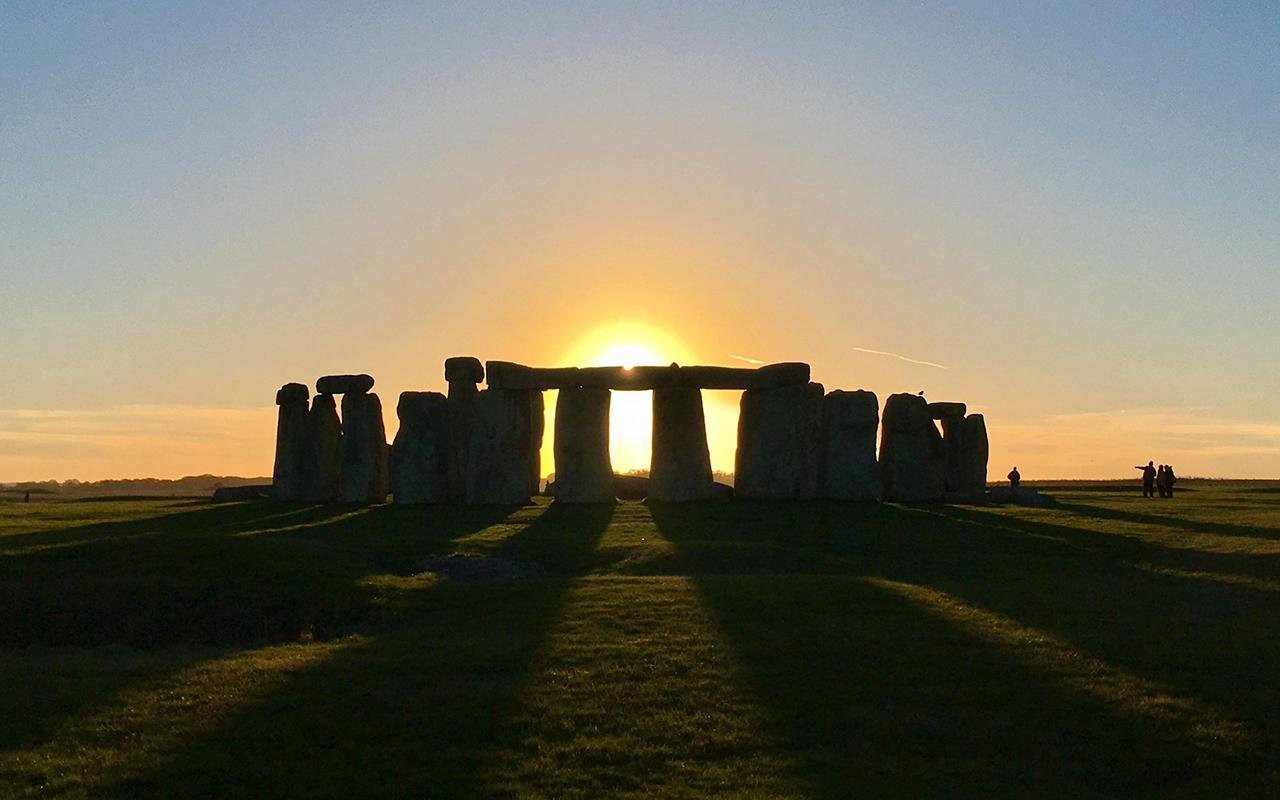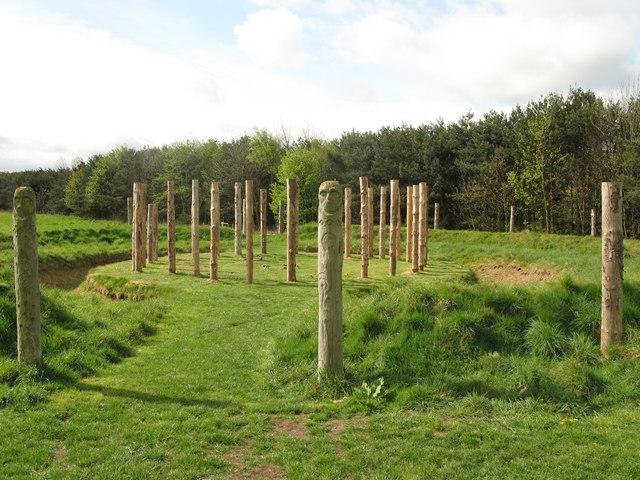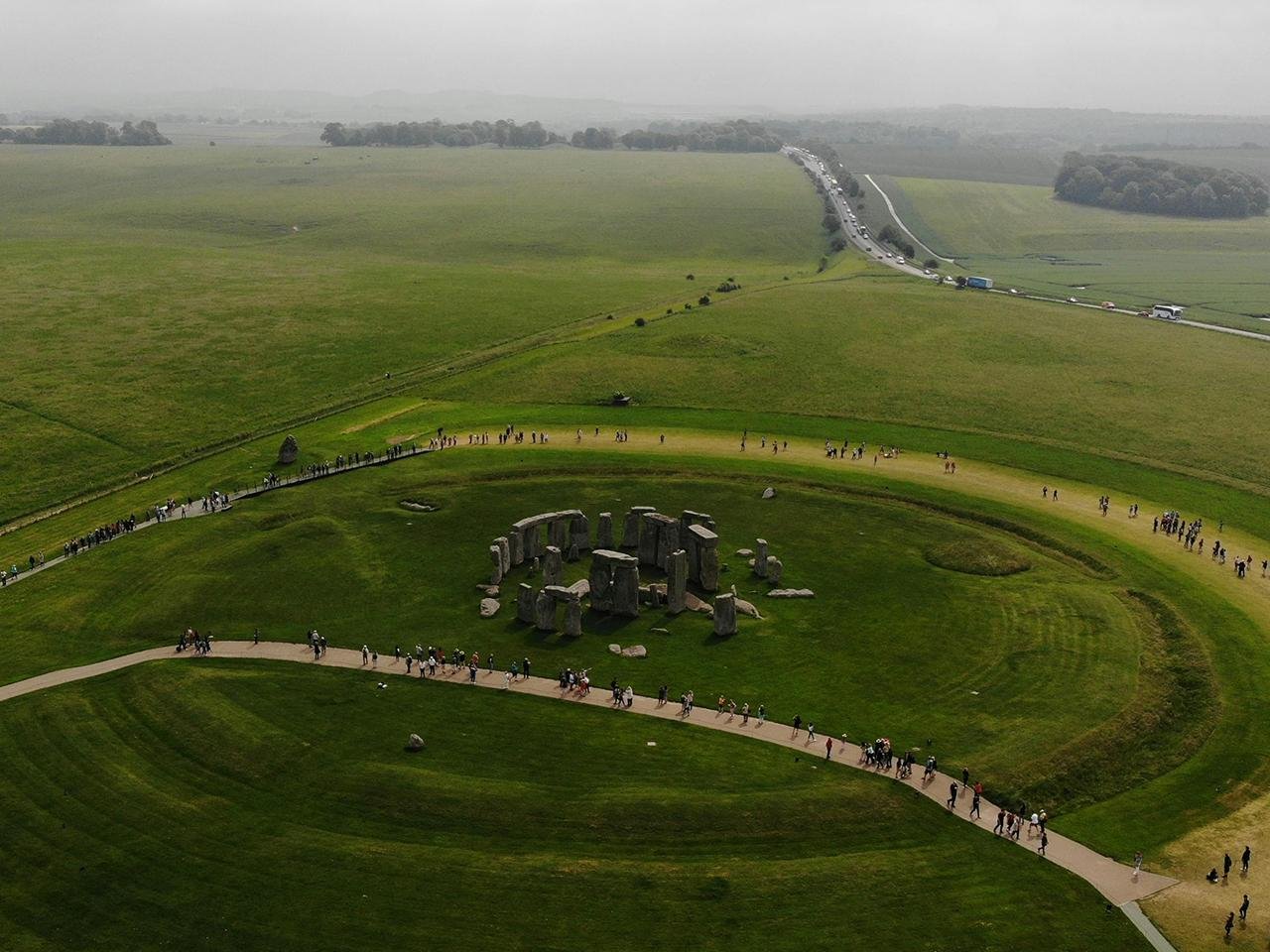Danish archaeologists have found a remarkable wooden circle from 4,000 years ago in Aars, which bears a strong resemblance to the well-known Stonehenge in Britain.
 Stonehenge, one of the UK’s first world heritage sites. Credit: B A Fields/Pexels
Stonehenge, one of the UK’s first world heritage sites. Credit: B A Fields/Pexels
Workers building a housing estate stumbled upon this structure, which has at least 45 wooden posts arranged in a ring about 30 meters (100 feet) in diameter. Researchers think this “woodhenge” might shed light on connections between Neolithic cultures across Europe.
The structure, which experts believe dates back to around 2000 BCE, was at first thought to be a row of post holes. However, excavation leader Andreas Bo Nielsen and Vesthimmerlands Museum curator Sidsel Wåhlin soon recognized its true importance.
Experts have found similar wooden circles in Britain, Ireland, and other European countries. These structures are often linked to sun worship and agricultural rituals. The well-known Stonehenge in England, built between 3100 BCE and 1600 BCE, has huge stone slabs arranged in circles. Experts still argue about its exact purpose.
 Woodhenge, a neolithic site near Stonehenge. It is a World Heritage Site of the UNESCO. Credit: GothamNurse
Woodhenge, a neolithic site near Stonehenge. It is a World Heritage Site of the UNESCO. Credit: GothamNurse
The Danish woodhenge seems to align with Stonehenge and the nearby Woodhenge. This hints that Neolithic communities across Europe might have shared religious or cultural beliefs.
Wåhlin said this find shows a strong connection to British henges. She added that researchers are now looking to see if there’s an inner circle inside the structure, like Stonehenge has.
Before this, researchers had found an early Bronze Age settlement at the site, from about 1700-1500 BCE. The settlement included a chieftain’s grave and a bronze sword, which also shows the area was important to ancient people.
 Maelmin Henge, a reconstructed timber circle in England. Credit: Lisa Jarvis, CC BY-SA 2.0
Maelmin Henge, a reconstructed timber circle in England. Credit: Lisa Jarvis, CC BY-SA 2.0
Experts are now conducting a sampling exercise to study the wood and look for “ritual deposits,” such as flint arrowheads and daggers. If they find these, they could tell them a lot about the people who built the structure and what they believed.
Archaeologists have found similar wooden circles on Bornholm, a Danish island. However, Wåhlin said that the Aars structure is “the first one of this larger type that we can investigate.”
 An aerial view of Stonehenge. Credit: Anthony Parkes
An aerial view of Stonehenge. Credit: Anthony Parkes
Studies indicate that Britain saw a big demographic shift around the time people built Stonehenge, after groups migrated from Central Europe and the Steppes. Some experts think that buildings like Stonehenge and its newly found Danish counterpart might have helped bring early farming communities together and strengthen shared beliefs.
Researchers plan to analyze DNA from wood pieces found at the location to examine possible genetic connections between early populations in Denmark, Britain, and other areas.





